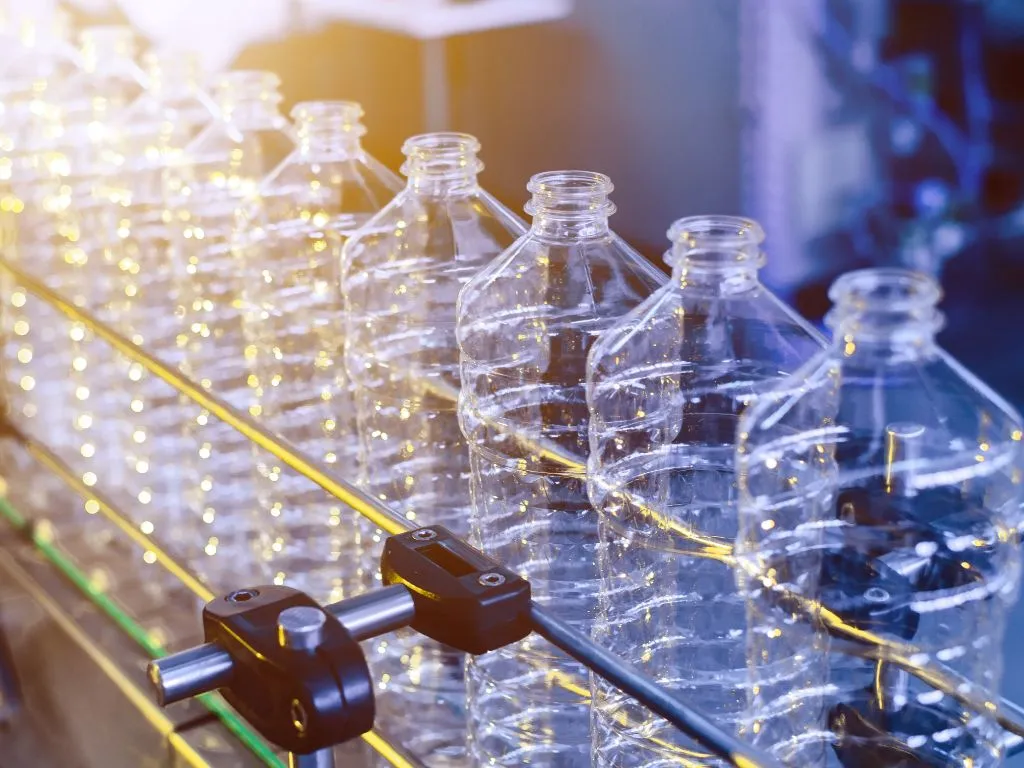News Details

Tanzania Introduces New Standard for rPET Food Contact Containers
On 2 September 2024, the Tanzania Bureau of Standards notified the World Trade Organization (WTO) of a draft standard (DARS 1721:2024) aimed at regulating recycled polyethylene terephthalate (rPET) used for food contact. The purpose is to enhance Africa’s internal trade capacity, increase Africa’s global competitiveness in edible oil bottles and food containers and improve the welfare of African communities by ensuring the safety and quality of PET and rPET. The notification is open for comments for 60 days from the date of notification.
African Organization for Standardization
The African Organization for Standardization (ARSO) is an African intergovernmental organization established in 1977 by the United Nations Economic Commission for Africa in collaboration with the Organization of African Unity. The fundamental mandate of ARSO is the development and harmonization of African standards, which is carried out through technical committees. The main task of technical committees is to prepare ARSO Standards. Draft ARSO Standards adopted by the technical committees are circulated to the member bodies for voting. Publication of a draft ARSO Standard requires approval by the maximum number of the member bodies casting votes.
PET and rPET Quality Evaluation
In an effort to ensure consumer safety and quality control, the Draft African Standard (DARS 1721:2024 and DARS 1730:2024) has been introduced to provide detailed specifications for requirements, standard test methods, packaging and migration for polyethylene terephthalate (PET) and recycled polyethylene terephthalate (rPET) as recyclates for bottle, flakes and pellets used in the food contact application product.
Key points of the PET and rPET food contact applications Standard
-
Scope: Specifies the requirements, methods of sampling and testing for PET and rPET bottles for edible oils, flakes and pellets used for food contact applications.
-
Normative References: Refers to other standards that are requirements of the ISO and ASTM (American Society for Testing and Materials), including standards for labelling, test, and packaging.
-
Terms and Definitions: Defines terms used in the document that relate to plastic products mentioned in ISO 472 and 21067, such as rPET, blow moulding, recyclate, etc.
-
Requirements: Must meet precise quality criteria, including particle size, color, and contamination limits, as well as specific chemical levels and intrinsic viscosity. It also mandates strict migration limits for overall and specific substances, including heavy metals to ensure safety for food contact applications test.
-
Labelling and Packaging: The document outlines packaging and labelling requirements for PET and rPET bottles, including the need for protective coverings to prevent contamination. Each bottle must be marked with the manufacturer's name, date of manufacture, disposal and safety instructions, country of origin, dimensions, batch number and the rPET symbol. Packaging must also display the food grade symbol or the phrase "for food grade”.
-
Sampling: Describes the sampling procedure in accordance with ISO standards.
-
Tests: Must include leakage, stacking, drop impact, and storage stability tests as specified in the approved draft method.
-
Annexes: Includes detailed procedures for the determination of leakage, stacking and drop impact tests.
Conclusion
In conclusion, the document provides comprehensive guidelines for the manufacture, packaging, and labelling of recycled PET (rPET) bottles to ensure safety and quality. It mandates hygienic packaging conditions, clear labelling with essential details such as the manufacturer’s information, production date, and safety instructions, and requires specific markings for food grade suitability. These measures, including strict migration limits and quality checks for contaminants and physical properties, are designed to ensure that PET and rPET bottles meet safety standards and are suitable for their intended use in food contact applications.
We acknowledge that the above information has been compiled from WTO.

 Twitter
Twitter
